Motorola Droid 3 Review - Third Time's a Charm
by Brian Klug on July 30, 2011 12:01 AM ESTJust like the other Droids, this model’s slider lacks any spring assistance, instead it slides out along a friction-guided two-rail track. It’s pretty obvious where that friction happens and where the slider locks into the display part, given the two small notches at the top, and likewise where the tracks are at the extreme left and right. Initially I found the Droid 3 slider a bit resistive and not super smooth, however after a few days of use it settled into a much better and smoother groove.
It still isn’t quite as fluid as HTC’s latest designs, but again gets the job done with an impressive thickness (or lack thereof). The back of the display is topped with a reflective, patterned surface which also unfortunately collects fingerprints.
So how is the keyboard that the slider makes possible? In a word - amazing. Yes, it quite literally is the closest to perfect I’ve seen in a very long time. Each iteration of Motorola Droid keyboards has gotten slightly better, starting with the almost unusable Droid 1’s concave keys which had minimal feedback, to the mid-cycle refresh which changed key domes to convex, followed up by the Droid 2 which removed the D-pad and improved communication, and now the Droid 3.
The Droid 3 adds a fifth keyboard row, this time dedicated exclusively to the arabic numerals. I originally thought having numerics wouldn’t make much sense, but after entering my 20-character WPA PSK for probably the hundredth time followed by the usual assortment of passwords for email and google accounts, it finally made sense. Having a row dedicated to numerics just makes so much sense in retrospect, both for entering phone numbers in messaging, passwords, and so many other situations.
The numerical row also does double duty by acting as a buffer between the top row of the latin characters and the top display slider. My only major complaint with the Droid 2 and before was that there was very little space between this top row and the display slider - if you had any fingernails at all or even just large fingers, they’d likely collide with that slider when typing on the top row. Now, having one more (even half height) row makes that a solved problem.
The keys on the Droid 2 previously had little space between them, it was primarily one large piece without a discrete gap between characters. The Droid 3 now includes a shiny plastic layer between keys, which will no doubt show lots of grime in due time, but it does make each key independently clicky.
The only rearrangements to speak of are the removal of alt-lock and the back keys, and repositioning of the tab key. The bottom row also is slightly shifted to the left. Material and tactile feel on these new domes are excellent. Again, the keys are convex, topped in a soft matte texture, and communicatively clicky. Motorola takes a nod from Apple with a caps-lock indicator that nicely disappears into the lip on the left next to the shift key - it’s a nice touch which makes the caps lock indicator visible even with a finger on the button.
Backlighting on the Droid 3 keyboard is nice and even. There aren’t any controls in settings for controlling when the backlight comes on or how long until it turns off. Backlighting seems to turn on and remain on when ambient brightness is under a certain level. Alongside the Droid 2, the Droid 3 seems very conservative with its keyboard backlighting, as it seems to enable it at a notably lower ambient light level than its predecessor.
The capacitive buttons are likewise backlit the same way they have been on previous Motorola Droids, and thankfully the order of these respective Android keys are unchanged from the Droid 2 to 3. There’s a bit of capacitive button backlight bleed at the bottom of the display where the glass ends and meets plastic, but it isn’t too distracting.
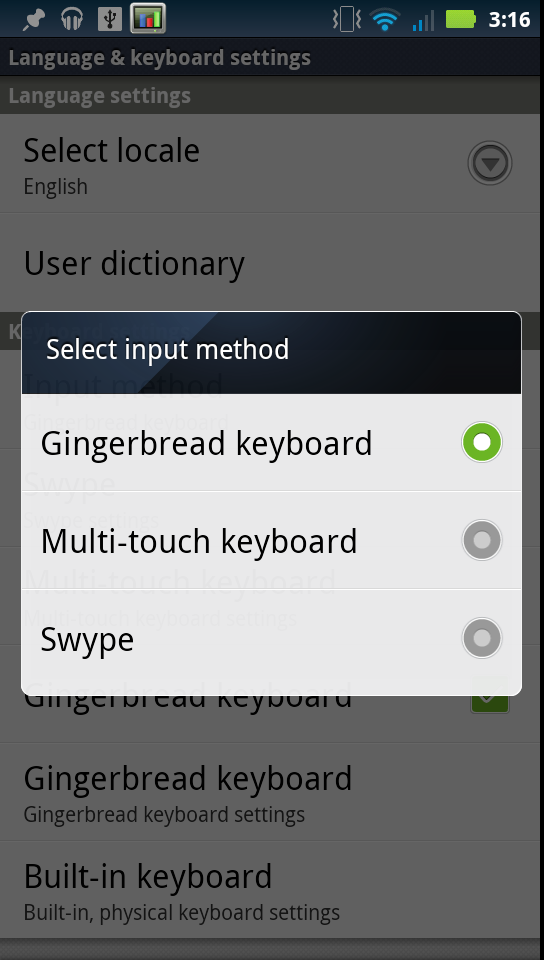
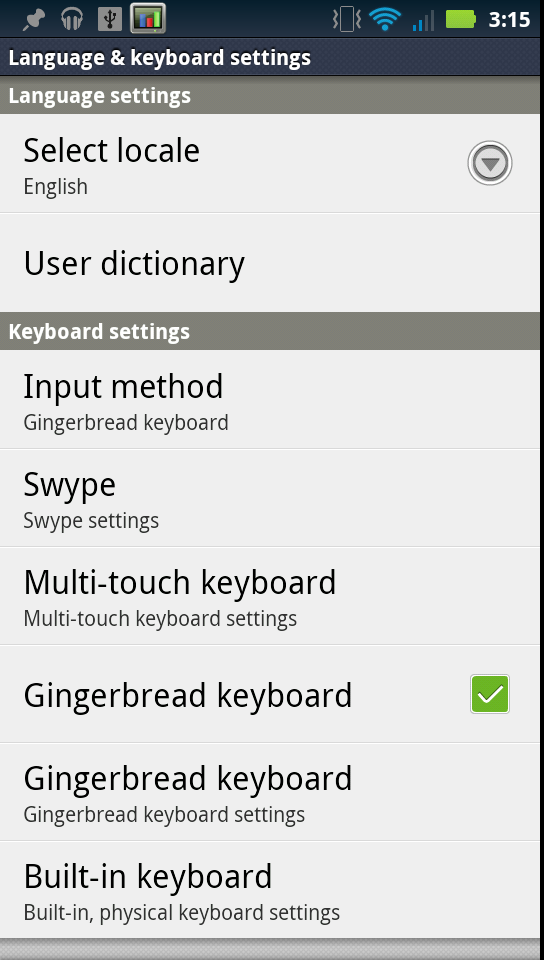
Since we’ve been talking about the keyboard, I think it’s worth mentioning that the Droid 3 continues the Motorola legacy of including a host of software keyboard options for portrait view. Swype, the default Motorola multi-touch keyboard, and the Android 2.3 stock gingerbread keyboard are all preinstalled an available as options. I’m glad the Droid 3 doesn’t do away with the gingerbread keyboard, like I’ve seen other Android 2.3.x handsets do. Swype is themed to look like Motoblur, and the multi-touch keyboard is as good as it always has been on other Motorola Android devices.
The last part is that there’s another pane in the input and keyboards settings page for the hardware keyboard with a few options. What feels neglected is how anemic the hardware keyboard auto-replace engine is. Compared with the gingerbread and even Motorola multi-touch keyboards, the hardware keyboard has an almost non-existant auto-replace engine for fixing misspelled words. In practice, it does little more than correct things like “im” to “I’m,” and so forth. It’d be nice to see the hardware keyboard get a bit more love.


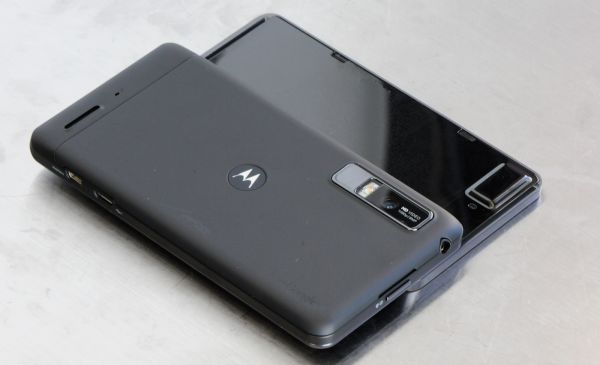
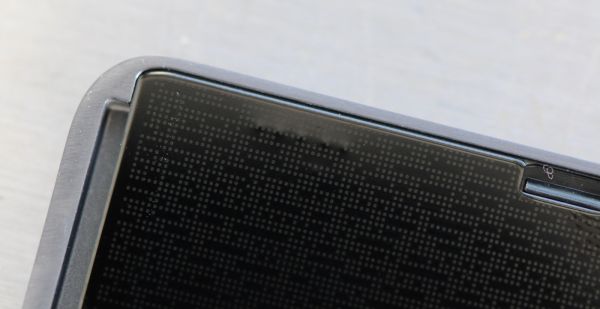
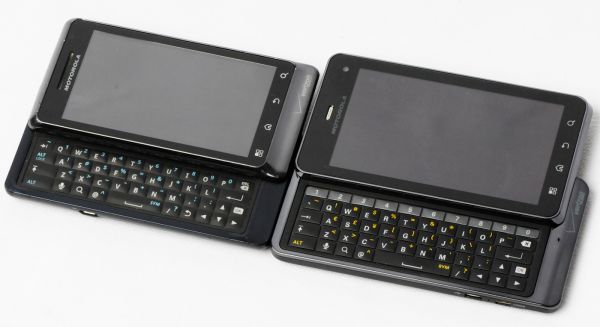
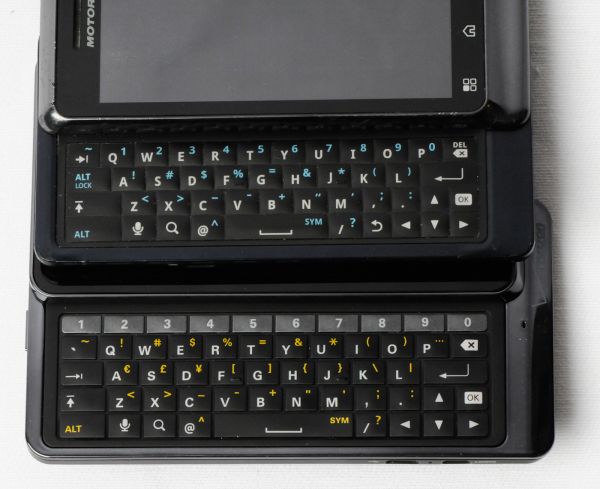
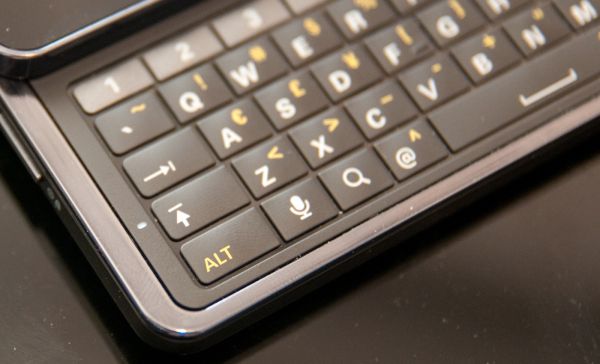

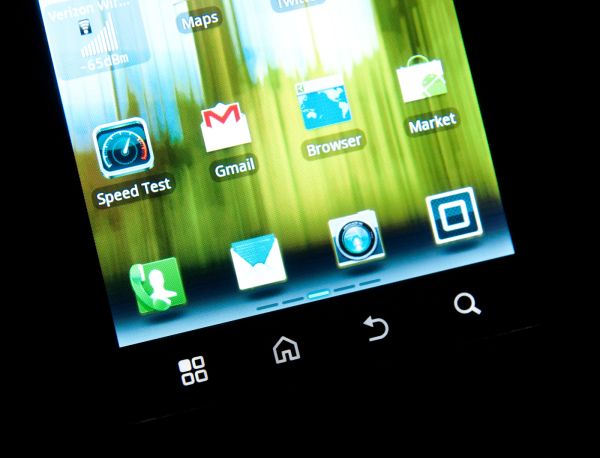














84 Comments
View All Comments
jigglywiggly - Saturday, July 30, 2011 - link
i'd sell myselfThis phone lux nice, do want, I just wish it was on at&T
7amood - Saturday, July 30, 2011 - link
why don't I see any galaxy s2 in the comparison charts and where is the galaxy s2 review from anandtech?? :/ *waiting*Brian Klug - Saturday, July 30, 2011 - link
We actually just got an SGS2 in this week (international version) and I'm busily working on the review for that device ;)-Brian
Omega215D - Saturday, July 30, 2011 - link
I got to spend some time with this phone and it is pretty nice but doesn't feel as solid as the Original Droid nor look as elegant. Thankfully the Droid 3 got it where it counts performance-wise. The phone crashed when activating the camera and required a battery pull but that was only once. If I didn't have my Thunderbolt (which is doing well on battery life now) the choices would be Droid Incredible 2 or Droid 3 as they are both international phone. That would change if Verizon decides to get more WP7 phones.I liked the review. It's very detailed and unbiased, unlike the sorry excuse for a review from PhoneArena which shows it's clear Apple bias.
Johnmcl7 - Saturday, July 30, 2011 - link
I'm extremely disappointed there's not even one phone of this class and type for sale here, there's rumours of an HTC Doubleshot with a keyboard but still no sign of it. I've been trying the software keyboard on a Tab for a while but I can't stand it, I much prefer the N900's physical keyboard which leaves me stuck for the moment for an upgrade.John
Brian Klug - Sunday, July 31, 2011 - link
I guess you could always spring for the Chinese version, but hopefully there's a Milestone international version equivalent coming soon.-Brian
piroroadkill - Saturday, July 30, 2011 - link
Aw man, even my Desire HD has 768, and it actually gets put to use.Why cheap out, Motorola?
That said, as much as this looks great, I'd never recommend it due to Motorola's anti-modding community stance. Oh well.
Ben - Saturday, July 30, 2011 - link
I'm wondering if "The Droid 3 has excellent ambient noise cancellation during calls, again thanks to the two extra antennas which are no doubt used for processing. I’m not sure what IP is beyond the Droid 3’s noise rejection hardware, but clearly it does a good job."Should read as "The Droid 3 has excellent ambient noise cancellation during calls, again thanks to the two extra microphones which are no doubt used for processing. I’m not sure what IP is behind the Droid 3’s noise rejection hardware, but clearly it does a good job."
Brian Klug - Saturday, July 30, 2011 - link
Yeah I got antennas and microphones sort of confused there, thanks! Fixed now!-Brian
Bob-o - Saturday, July 30, 2011 - link
It's awesome they included a row of numbers at the top, I hate switching when entering mixed input. But why, oh why did they not put the usual secondary symbols on the number keys??! You know, !, @, #, $, etc. That's standard!!! What were they thinking??! Groan. . .Also:
> What feels neglected is how anemic the hardware keyboard auto-replace engine is.
> Compared with the gingerbread and even Motorola multi-touch keyboards, the hardware
> keyboard has an almost non-existant auto-replace engine for fixing misspelled words.
This makes me question Android's software stack. Why would each device (whether physical or virtual) have to implement this functionality? This should be a filter on input, no matter what device the user is using to enter data. . . and so it should work identically no matter what keyboard is being used. Stupid.